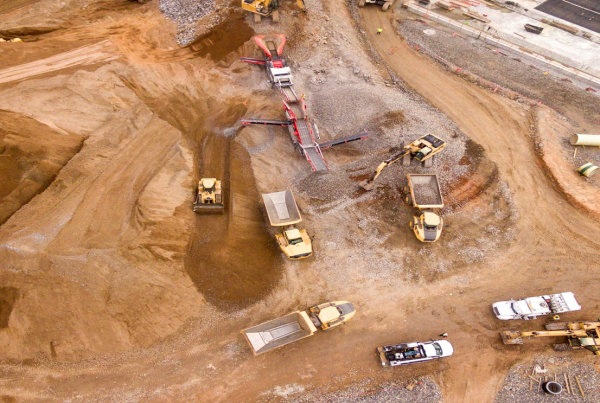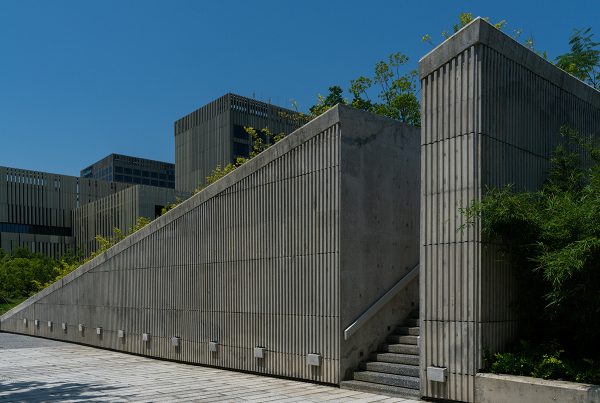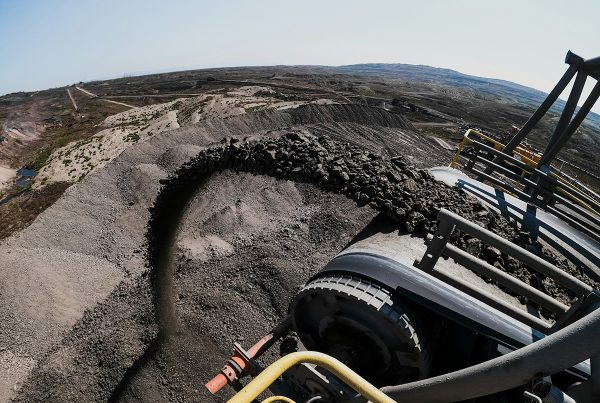Here’s a look back at the five green news stories that caught our attention this month of July.
Air-conditioning an Entire Mini City
Forty Eight million square feet. That’s the planned area for the Mall of the World, Dubai’s most ambitious project yet.
Set to be the biggest mall in the world, the structure will accommodate hotels, apartment buildings, shopping centers, as well as hospitals that cater to the burgeoning trend of medical-tourism. The entire complex will be air-conditioned.
To offset energy consumption and carbon footprint, the builders are proposing modern sustainable strategies. Already the planned transportation is via electric streetcars.
Vaporware or not, it’s certainly interesting to see how the Mall of the World takes shape in the next few years. And hopefully, they make good on their promise of sustainability despite the sheer size of the project.
Energizing with Mobile Solar Stations
PowerCube is the new ingenious invention of EcoSphere Technologies, a U.S.-based company dedicated to creating innovative environmental solutions.
Relying on the sun for energy, the PowerCube is a self-contained generator capable of delivering as much as 15 kilowatts and wireless and satellite connectivity. It can even provide clean water through its water generators that pull water out of air.
The generator fits inside standard sizes of shipping containers, whether 10, 20, or 40 feet. Its portability makes it a perfect solution for off-grid military locations, and more importantly for disaster relief operations.
Recycling Trash to Create a Skyscraper
The old-school ways of garbage collection and disposal have never been sustainable—essentially you’re just moving trash out of sight. Which is why buildings nowadays have in-house facilities for processing the garbage residents generate.

Awesome or eyesore? The London organic skyscraper is gradually built with its residents’ trash over time.
But one building is trying to improve on that concept. Meet the Organic London Skyscraper, a planned building that will start out as a scaffolding-like structure. The building’s facade will then be outfitted with compressed plastic panels made from recycled trash of the residents. The plastic panels are durable and deliberately translucent, to let in just the right amount of natural light.
Obviously, the element of time factors greatly in this organically growing building. How fast the building’s skin grows in a year will be a testament to the collective carbon footprint of the tenants.
However it turns out, the Organic London Skyscraper is still a nifty idea to contain and process trash right on-site, instead of simply transferring it to another place, i.e. a dumpsite.
Chartier-Corbasson and VS-A Organic are behind this project.
Repurposing Brazil’s Football Stadiums
Lavishly expensive sports stadiums have a habit of falling into disuse once the events are over. Case in point, the abandoned Olympic venues in Athens (2004) and Beijing (2008).
Which is why two architects in Brazil are proposing a repurpose for the 12 stadiums built for the recently concluded World Cup. One hypothetical design is a modular housing unit installed on top of each other.
If it pushes through, the project, dubbed as Casa Futebol, will certainly provide affordable housing for people, while preventing the buildings from becoming just single-use structures. There are concerns though regarding the load bearing capacities of the stadiums, since some of the infrastructures were admittedly rushed for the World Cup event.
Going Back to Silicon
While we’ve been waiting for graphite’s big improvement on LED bulbs, some companies are going back to the basics—with silicon.
China-based LatticePower and Germany-based Osram have been using silicon wafers instead of the more expensive sapphire ones. The combination of Gallium Nitride (GaN) LEDs on a silicon wafer reportedly reduces production costs by up to 90{e3829ec1db02d54faaf9fa2de0d48db26af01d7a7944a63c3b26976124791cab}. Obviously, reduced production costs mean more affordable LED lights for everyone.
Silicon is the second most abundant element in the world (after oxygen), and is widely used to create semiconductors, computer chips, LCDs, solar cells, and many others.













